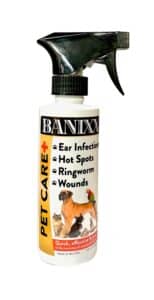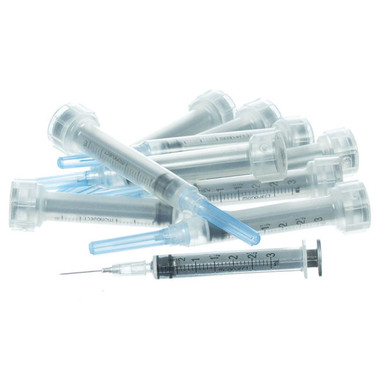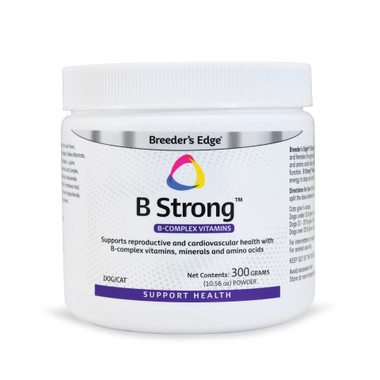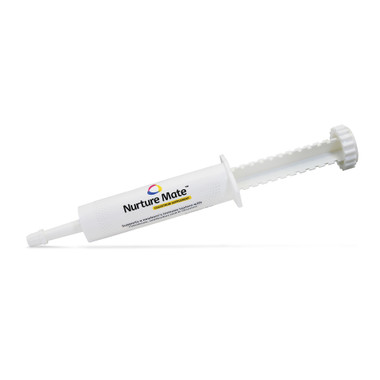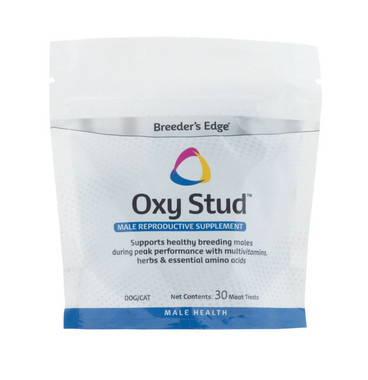Everything You Need to Know About Flea Dirt in Dogs
Estimated 0 min read
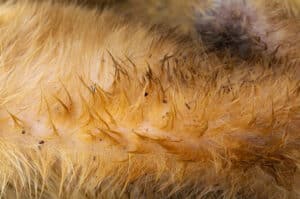
Flea dirt in dog fur
Flea dirt, those tiny black specks you might find peppered throughout your dog’s fur, is more than just a cosmetic annoyance. It’s a red flag, a warning sign that your furry friend is dealing with unwanted visitors.
These little specks may seem harmless, but they’re actually the calling card of a much bigger problem. Ignoring flea dirt can lead to discomfort, itching, and even serious health issues for your beloved canine companion.
But don’t worry, you’re not alone in this battle. With the right knowledge and tools, you can take control of the situation and keep your dog happy, healthy, and flea-free.
What to Know About Flea Dirt in Dogs
Flea dirt is a telltale sign of a flea infestation on your dog. Resembling tiny black specks, it’s actually flea feces composed of digested blood. Identifying flea dirt is crucial for your dog’s health, as fleas can cause allergic reactions, anemia, and transmit diseases. To eliminate fleas and flea dirt, use veterinarian-recommended treatments on your dog and thoroughly clean your home. Prevent future infestations by treating all pets in your household and avoiding unproven “natural” remedies. With diligence and the right approach, you can keep your dog healthy and flea-free.
What does flea dirt look like?
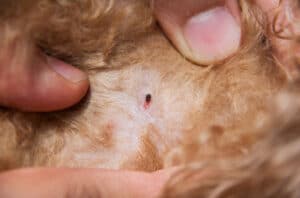
Upclose look at flea on dog
Flea dirt appears as tiny, dark specks that resemble ground black pepper. Upon closer inspection, these specks may have a reddish-brown hue. Flea dirt is actually the feces of adult fleas and consists primarily of digested blood.
You may spot flea dirt on your dog’s skin or tangled in their fur. Flea dirt often accumulates in areas where fleas tend to congregate and feed. Common locations include the lower back, base of the tail, belly, and back of the hind legs.
Flea dirt can also be found scattered in your dog’s bedding or favorite resting spots. Carpets, rugs, and upholstered furniture are other places where flea dirt may collect. The presence of flea dirt in your home is a strong indicator of an active flea infestation.
It’s important not to confuse flea dirt with regular environmental dirt or debris. While both may appear similar, flea dirt has a distinct composition and color due to the digested blood content. When moistened, flea dirt will often produce a reddish smear, confirming its bloody nature.
Identifying flea dirt on your dog or in your home is crucial for recognizing and addressing a flea problem. Prompt detection allows for timely treatment to alleviate your dog’s discomfort and prevent a more extensive infestation. Regularly inspecting your dog for signs of flea dirt is a proactive approach to monitoring their health.
How to identify flea dirt on dogs

Comb through dog’s fur to find flea dirt
To collect flea dirt, use a fine-toothed flea comb by carefully combing through your dog’s fur, focusing on areas where fleas typically reside. The lower back, base of the tail, belly, and legs are prime spots for flea activity. Part your dog’s fur to get a closer look at the skin in these areas.
To determine if the specks you find on your dog are indeed flea dirt, perform the “paper towel test.” Place the suspected flea dirt on a damp white paper towel. If the specks dissolve and create reddish-brown smears, it’s a clear indication of flea dirt.
If you’re unsure whether the specks are flea dirt or just regular dirt, err on the side of caution. Consult with your veterinarian, who can provide a definitive identification and recommend an appropriate course of treatment. Your vet can also guide you on preventing future flea infestations to keep your dog healthy and comfortable.
Understanding the Dangers of Flea Dirt on Dogs

Dog irritated by flea dirt
Flea dirt is more than just an unsightly annoyance; it signifies a potential health threat to your dog. One of the most common issues associated with flea infestations is flea allergy dermatitis (FAD). Dogs with FAD experience intense itching and skin irritation from flea bites, often leading to secondary bacterial skin infections.
Fleas can also transmit tapeworms to dogs when infected fleas are accidentally ingested during self-grooming. These intestinal parasites can cause weight loss, diarrhea, and other gastrointestinal disturbances in affected dogs. Regular deworming and flea prevention are crucial for protecting your dog from these parasites.
In severe cases, particularly in puppies or small dogs, heavy flea infestations can lead to anemia. The blood loss from numerous flea bites can drastically reduce red blood cell count, causing weakness and lethargy. Prompt veterinary care and flea control are essential for managing anemia in these situations.
It’s important to note that fleas don’t just target dogs; they can also bite humans. Flea bites on people typically appear as small, red, itchy bumps on the skin. While rare, fleas can also transmit diseases to humans, such as murine typhus and cat scratch disease. These illnesses can cause flu-like symptoms and, in severe cases, may require hospitalization.
Taking proactive steps to prevent and control flea infestations is crucial for safeguarding the health of both your dog and your family. Regularly inspecting your dog for flea dirt, using appropriate flea preventatives, and maintaining a clean environment can greatly reduce the risks posed by these pesky parasites.
How to Treat Flea Dirt and Fleas in Dogs
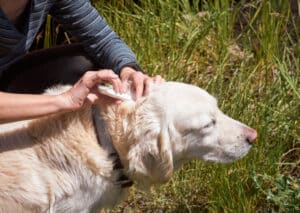
Dog being treated
The first step in eliminating fleas and flea dirt is to consult your veterinarian for an appropriate flea preventative. Your vet will recommend the most suitable option based on your dog’s age, health, and lifestyle.
Oral medications, such as chewable tablets, are often the most convenient and effective choice for rapid flea control. Topical spot-on treatments, applied directly to your dog’s skin, are another popular option for flea prevention. These products distribute the active ingredients throughout your dog’s coat, killing fleas on contact. Some spot-on treatments also provide extended protection against future flea infestations. Flea collars are a third option for flea control, particularly for dogs who may not tolerate oral or topical medications.
In addition to using a flea preventative, it’s crucial to physically remove fleas and flea dirt from your dog’s coat. During an active infestation, use a fine-toothed flea comb to meticulously comb through your dog’s fur, paying extra attention to the areas where fleas tend to congregate, such as the base of the tail, belly, and legs. After each pass with the flea comb, dip the comb in a mixture of warm water and mild dish soap. Repeat this process daily until the infestation is under control.
Bathing your dog with a gentle, soothing shampoo with oatmeal or aloe vera can also help to remove fleas and flea dirt while providing relief from itching and skin irritation. When bathing your dog, lather the shampoo thoroughly into their coat, paying special attention to the areas where fleas tend to hide. Allow the shampoo to sit on your dog’s skin for a few minutes before rinsing thoroughly with warm water. Be sure to rinse out all the shampoo to prevent any residual irritation.
How to Treat Fleas in Your House

Vacuuming flea dirt
Treating your dog for fleas is only half the battle; it’s equally important to address the flea population in your home. Fleas can lay eggs that drop off your dog and into carpets, upholstery, and bedding, perpetuating the infestation cycle. Thorough and consistent cleaning is essential for breaking this cycle and preventing re-infestation.
Vacuuming is one of the most effective ways to remove flea eggs, larvae, and pupae from your home. Use a high-quality vacuum cleaner with a HEPA filter to ensure maximum flea removal. Focus on areas where your dog spends the most time, such as their bed, favorite lounging spots, and high-traffic areas of your home.
Washing all pet bedding and family bedding in hot water is another crucial step in eliminating fleas from your home. Collect all blankets, pillows, and bed covers that your dog has come into contact with and launder them in the hottest water safe for the fabric. The high heat will kill any fleas, eggs, or larvae hiding in the bedding.
If your dog sleeps in a crate or on a removable bed, be sure to wash these as well. For non-washable items like dog beds or crate mats, consider using a steam cleaner to kill fleas and their eggs. After washing, dry the bedding on the highest heat setting to ensure any remaining fleas are eliminated.
In severe flea infestations, you may need to use a home flea treatment in addition to regular cleaning. Flea foggers, sprays, and powders are available to treat your entire home, targeting fleas in all life stages. However, it’s crucial to choose products that are safe for use around pets and to follow the manufacturer’s instructions carefully.
Myths About Treating Fleas

Regularly clean dogs and furniture
When faced with a flea infestation, it can be tempting to turn to “natural” or homemade remedies in an effort to avoid chemicals. However, many of these unproven methods are ineffective at best and potentially harmful at worst.
Some common “natural” flea remedies include essential oils, garlic, and diatomaceous earth. While these substances may have some insecticidal properties, they have not been thoroughly tested for safety or efficacy in pets. Improper use of essential oils, for example, can cause skin irritation, respiratory issues, and even toxicity in dogs and cats.
Garlic, often touted as a natural flea repellent, can actually be toxic to pets when consumed in large quantities. It can cause damage to red blood cells, leading to anemia and other health problems. Feeding garlic to your pet in an attempt to repel fleas is not recommended.
Diatomaceous earth, a fine powder made from fossilized algae, is sometimes used as a natural flea killer. While it can be effective at drying out and killing fleas, it can also pose respiratory risks to both pets and humans when inhaled. It’s crucial to use food-grade diatomaceous earth and to apply it carefully to avoid creating dust.
The bottom line is that while natural remedies may seem appealing, they simply haven’t been proven to be as safe or effective as veterinarian-recommended flea preventatives. Stick to products that have been rigorously tested and approved for use in pets to ensure the best possible flea control and to keep your furry friends healthy.
Remember, the key to successful flea control is a multi-faceted approach that includes regular grooming, thorough cleaning, and the use of veterinarian-recommended preventatives. With patience, persistence, and the right tools, you can eliminate even the most stubborn flea infestations and give your dog the pest-free life they deserve.
At Banixx, we understand the unique challenges that come with pet ownership, and we’re here to support you every step of the way. From expert advice on flea control to tips onnutrition,exercise, andoverall wellness, our team is dedicated to helping you provide the best possible care for your canine companion.
We invite you to explore ourwebsiteandblogfor more valuable insights on a wide range of pet health topics. Whether you’re a seasoned dog owner or a first-time pet parent, you’ll find plenty of practical, actionable advice to help you navigate the joys and challenges of life with your furry friend.
Sources
https://www.purina.co.uk/articles/dogs/health/parasites/dog-fleas
https://www.petmd.com/dog/general-health/how-to-handle-fleas-on-dogs
https://vetster.com/en/wellness/how-do-i-know-if-my-dog-has-fleas
https://www.boredpanda.com/pet-wellness/dog-care/flea-dirt-on-dogs/



